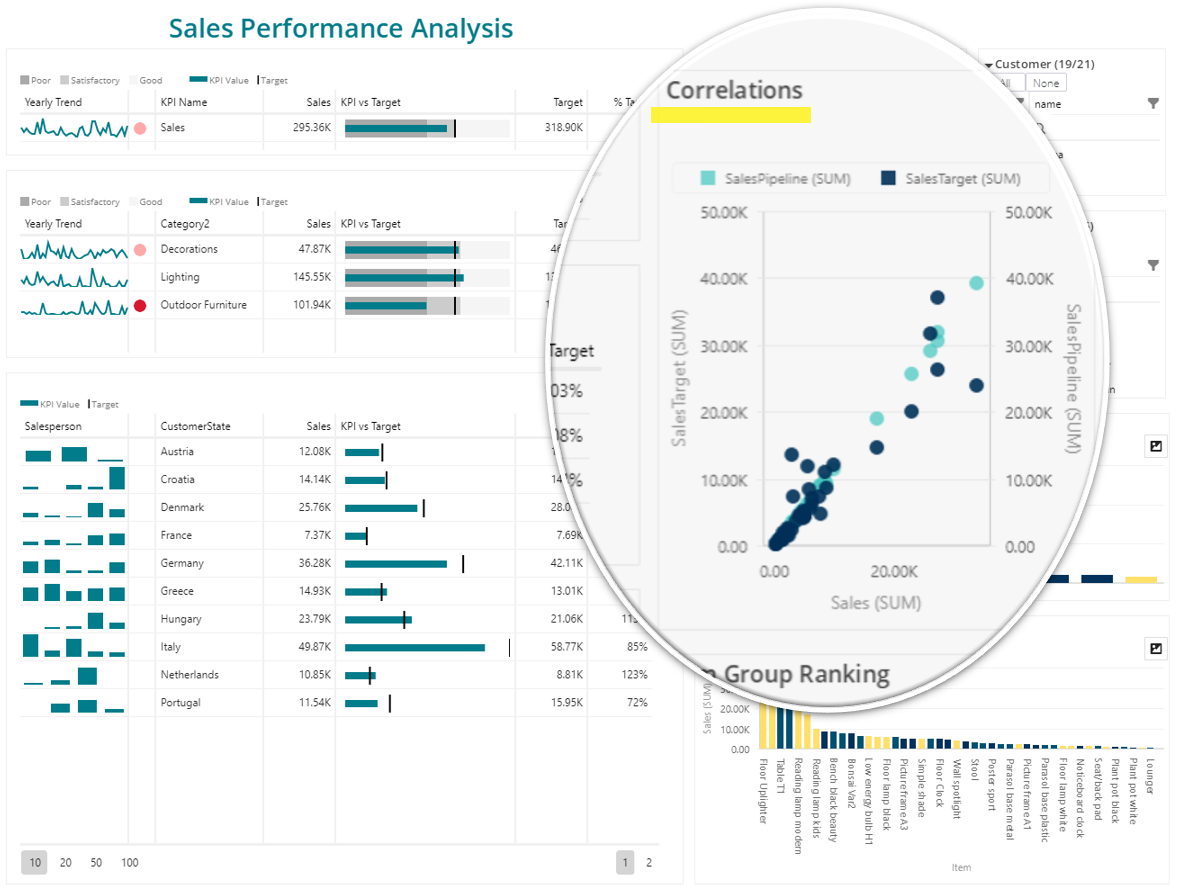Define Scatter Diagram Math
Then by looking at the scatter of several points the degree of correlation is ascertained.

Define scatter diagram math. More about scatter plot a scatter plot describes a positive trend if as one set of values increases the other set tends to increase. Example of direction in scatterplots. The scatter diagram method is the simplest method to study the correlation between two variables wherein the values for each pair of a variable is plotted on a graph in the form of dots thereby obtaining as many points as the number of observations. Scatter diagrams can show a relationship between any element of a process environment or activity on one axis and a quality defect on the other axis example.
Scatter diagrams are types of graphs that help you find out if two things are connected. In math we like to call those things variables. Learn what a cluster in a scatter plot is. The scatter diagram graphs pairs of numerical data with one variable on each axis to look for a relationship between them.
In math we like to call those things variables. Positive and negative linear associations from scatter plots. Scatter diagrams are convenient mathematical tools to study the correlation between two random variables. Definition of scatter plot a scatter plot is a graph made by plotting ordered pairs in a coordinate plane to show the correlation between two sets of data.
This cause analysis tool is considered one of the seven basic quality tools. You are analyzing accident patterns on a highway. If the variables are correlated the points will fall along a line or curve. Line of best fit negative correlation no correlation positive correlation.
Scatter diagram a graph made by plotting points on a coordinate plane according to the observed paired values to show the relationship between two variables. A graph of plotted points that show the relationship between two sets of data. Scatter diagram definition a graphic representation of bivariate data as a set of points in the plane that have cartesian coordinates equal to corresponding values of the two variates. The better the correlation the tighter the points will hug the line.
As the name suggests they are a form of a sheet of paper upon which the data points corresponding to the variables of interest are scattered.





:max_bytes(150000):strip_icc()/Scatter_plot-5c63ea5ec9e77c00010a4fe9.jpg)













